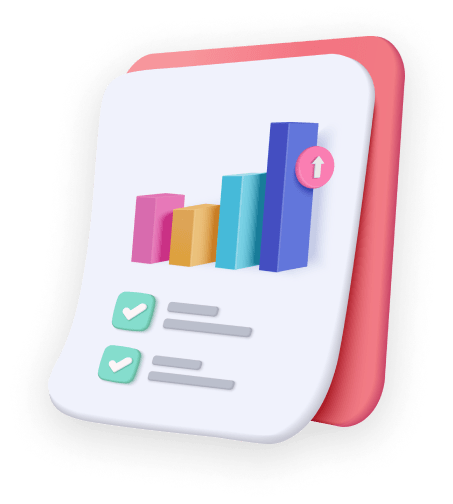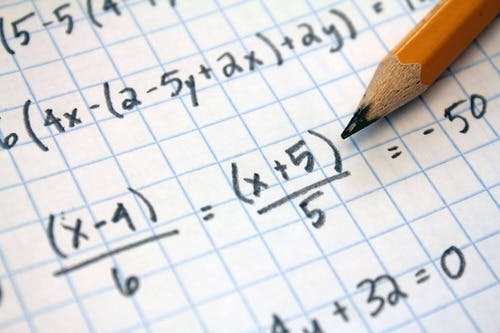What Topics are on the Digital SAT?
Learn what topics to expect on the Digital SAT Reading & Writing and Math sections to better prepare for the test.
What topics are on the Digital SAT?
Learn what topics to expect on the Digital SAT Reading & Writing and Math sections to better prepare for the test.
Are you planning to take the newly introduced digital SAT soon? If so, you may be wondering about the content of the Reading & Writing section and the Math section. In this post, we'll dive into the specific topics covered in each section to give you a better idea of what to expect. Let's get started!
Reading and Writing

The College Board breaks down the topics on the digital SAT into four categories for the Reading & Writing section: Craft and Structure, Information and Ideas, Standard English Convention, and Expression of Ideas.
- Craft and Structure has to do with word definitions, evaluating texts, and making text-to-text connections. This category tests the student’s ability to find the word that fits adequately at the blank, using context clues from the passage. This section makes up 28% of the section, with anywhere from 13 to 15 questions.
- Information and Ideas focuses on information from text such as central ideas, using evidence from the texts to answer questions, and using inference to interpret what specific texts mean. This section makes up 26% of the section, with 12 to 14 questions focused on these topics.
- Standard English Convention focuses on the form, structure, and general sense of a sentence. Think of this like the section that focuses on grammar and punctuation of sentences, and making sure that the writing follows the rules that the English language adheres to. Representing 26% of the section, you will have anywhere from 11-15 questions to answer regarding these rules.
- Expression of Ideas focuses on evaluating how effective texts are and has test takers look at how they could improve this section. This makes up the remainder of the section at 20%, with 8 to 12 questions.

Start preparing for theDigital SAT today
Take a 15 minute test and get yourAnalytics Report!
Math

The Math section of the exam is broken up into four categories: Algebra, Advanced Math, Problem Solving and Data Analysis, and Geometry/Trigonometry.
- Algebra focuses on linear things: linear equations with one or two variables, linear functions, and manipulating these two things. This topic is very important on the SAT making up 35% of the math section and having 13 to 15 questions.
- Advanced Math includes equivalent expressions and non-linear functions and equations. Non-linear simply means “not a line” and looks at things such as parabolas and other functions that are more complex. This topic makes up 35% of the section as well and has the same range of questions, 13 to 15.
- Problem Solving and Data Analysis has the widest range of possible topics to look at, yet only has 15% of the section questions, between 5 and 7 questions! These topics include ratios, percentages, rates, probability, models, plots/graphs, errors, standard deviation, and more. It is a catch-all for statistics, so make sure to double-check your memory with these!
- Geometry and Trigonometry also only makes up 15% of the math questions. It focuses on area and volumes, lines, angles, triangles, right angles, trigonometry (SIN, COS, TAN), and circles. There are only 5 to 7 questions in this category.
As you can tell, there are no significant changes in each section of the SAT when it comes to the topics covered. By understanding the specific topics covered in the English and Writing and Math modules of the SAT, you can better prepare for the exam and focus your study time on areas that need improvement. Remember, the key to success is not only knowing what to study but also practicing and applying what you've learned. With these tips in mind, you'll be well on your way to achieving your desired score on the SAT. Good luck!
Let R. test set a smart path for you! Discover your strengths and weaknesses with R. test Let R. test set a smart path for you! Discover your strengths and weaknesses with R. test